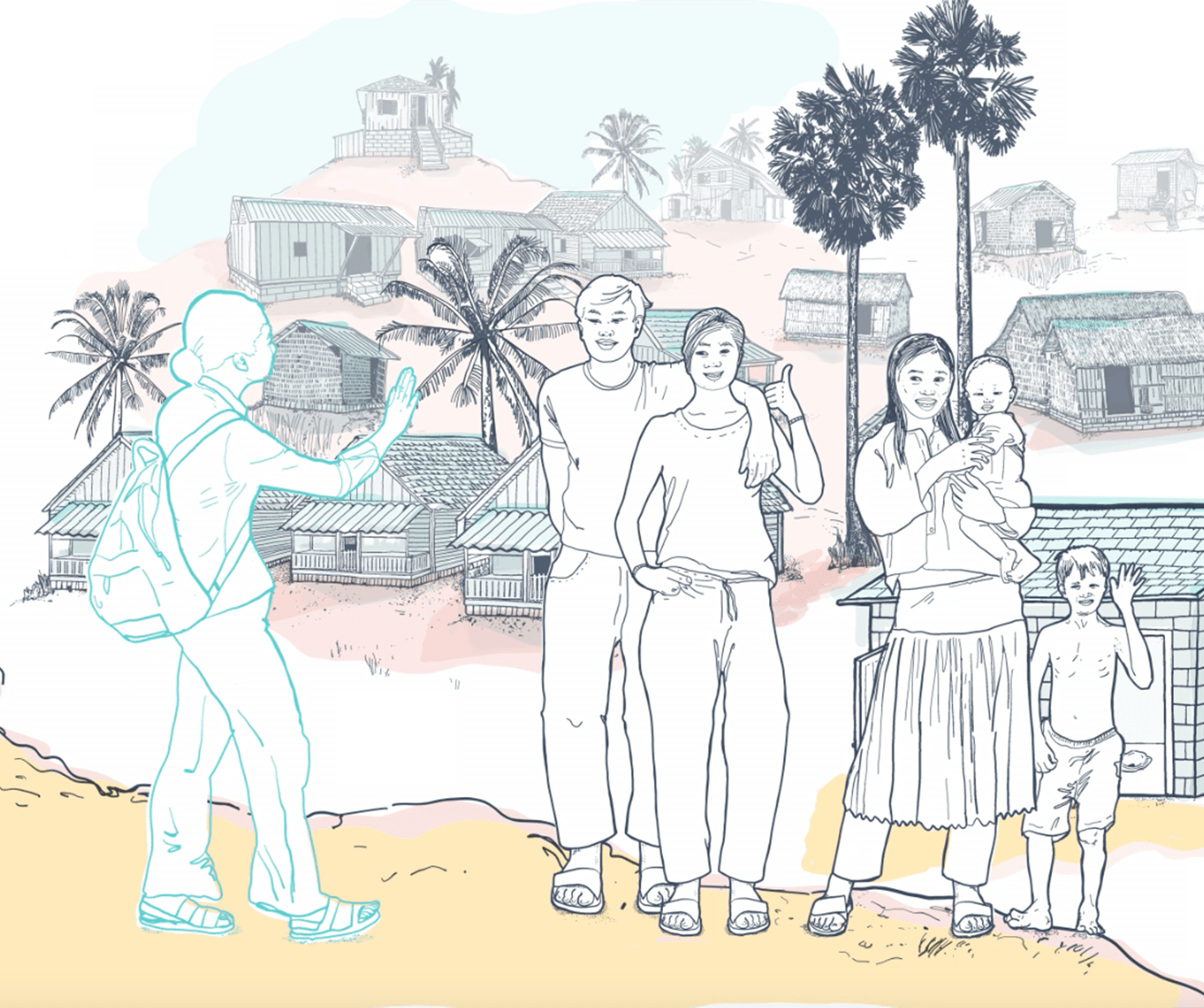Sector diagnostic tools are a step in the direction towards understanding what makes CLTS work at scale, and their use is becoming more ubiquitous as countries look for more evidence-based ways of making policy and decisions for the sector.
This is a book chapter taken from Sustainable Sanitation For All: Experiences, Challenges and Innovations.
Over 30,000 ‘open defecation free’ or ODF communities exist across sub-Saharan Africa as a result of Community-Led Total Sanitation (CLTS) implementation. Country evaluations suggest that most ODF communities gradually ‘slip’ back to OD at an average rate of 10 per cent per year, suggesting significant losses over time. What is the nature of the support required to sustain ODF communities and what is known about slippage and mitigating programme innovations?
This chapter discusses variations in implementation models as well as innovations in programming that have evolved in response to a limited private sector engagement in rural sub-Saharan Africa and the need to support ODF communities. The chapter also covers the issues of political prioritisation of sanitation, the creation of an enabling environment, and the effective use of planning tools to allow CLTS to scale from a community approach to a national strategy for sanitation.
(Updated June 2023: the author has published a blog reflecting on this chapter and progress since 2016, ‘Systems strengthening as the next gamechanger for sanitation‘)







